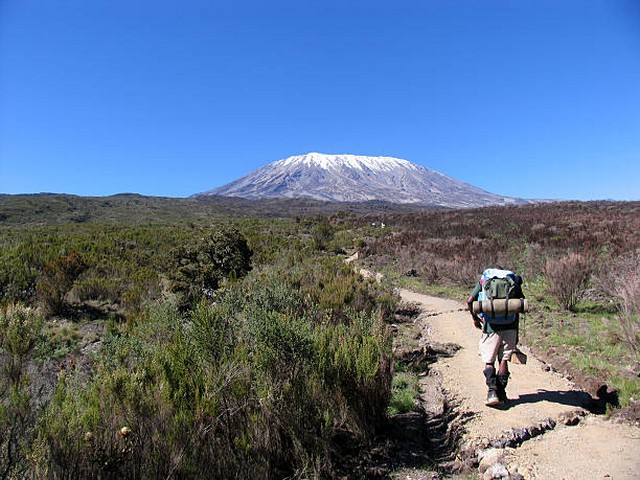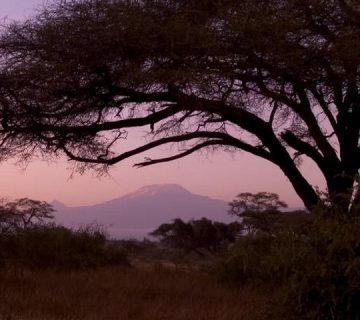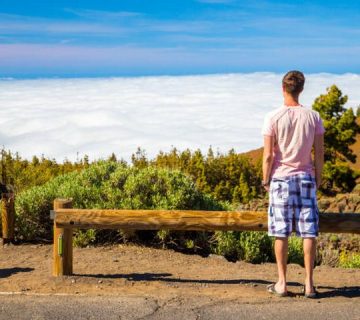Conquer Kilimanjaro in the Rain: The Ultimate Gear Guide
Embark on a Journey of a Lifetime with the Right Gear
Rain or shine, the call of Mount Kilimanjaro resonates with adventurers around the globe. In the heart of Tanzania, this majestic mountain awaits those bold enough to embrace its challenges and triumphs. Trekking Kilimanjaro during the rainy season presents a unique set of challenges, but with the right preparation and gear, it also offers uniquely lush landscapes and quieter trails. Here at Kilimanjaro Centre for Trekking and Ecotourism (KCTE), we’re not just about guiding you to the summit; we’re here to ensure you’re perfectly equipped for every step of your journey.
Why Gear Matters: Setting the Stage for Success
Tackling Kilimanjaro in the rainy season can be an awe-inspiring experience if you’re well-prepared. The rain transforms the landscape into a vibrant ecosystem bursting with life. However, it also means slippery trails, colder temperatures at higher altitudes, and the need for extra protection against the elements. Choosing the best gear is not just about comfort; it’s about safety and ensuring you enjoy every moment of your climb.
Essential Gear for Kilimanjaro Trekking in the Rainy Season
Waterproof, Breathable Outerwear
Your Shield Against the Elements
A high-quality, waterproof, and breathable jacket is non-negotiable. Look for jackets with GORE-TEX layers that offer robust protection while allowing your body to breathe. Pair this with waterproof hiking pants to keep you dry from head to toe.
Layering: The Art of Temperature Control
Adaptability on the Go
Layering is crucial for managing body temperature as you ascend through different climate zones. Start with a moisture-wicking base layer that keeps sweat away from your skin. Add a fleece or insulating layer for warmth, and top it off with your waterproof outerwear. This combination allows you to adapt quickly to changing conditions.
Sturdy, Waterproof Hiking Boots
Foundation of Every Step
The importance of reliable, waterproof hiking boots cannot be overstated. They should offer good ankle support and have a grippy sole suitable for muddy and slippery paths. Ensure they are well broken-in before your trek to avoid blisters.
Thermal Socks and Gaiters
Keeping Warm and Dry
Invest in quality thermal socks to keep your feet warm and dry. Coupling these with gaiters can provide an extra layer of protection against rain and mud, keeping debris out of your boots.
Waterproof Backpack and Pack Covers
Safeguarding Your Essentials
Your backpack is your lifeline, carrying everything you need on the mountain. Ensure it’s waterproof or equipped with a rain cover. Pack covers are lightweight, easy to slip over, and effective at keeping your gear dry.
Hats, Gloves, and Scarves
Critical Extras for Protection
A waterproof brimmed hat can keep the rain off your face, while a warm beanie will maintain your body heat during colder stretches. Waterproof gloves and a scarf or neck gaiter are also essential for warmth and protection against chilly winds.
Tips for Managing Gear in the Rain
- Keep Electronics Safe: Use waterproof cases or bags to protect your electronic devices and important documents.
- Pack Smart: Keep frequently used items like your raincoat and water bottle accessible. Use dry bags inside your pack for an added layer of moisture protection.
- Care for Your Gear: Dry your equipment whenever possible. Hang out wet clothes and air out your sleeping bag to prevent moisture buildup and maintain insulation quality.
Why Choose KCTE for Your Kilimanjaro Adventure?
At Kilimanjaro Centre for Trekking and Ecotourism, we pride ourselves on providing expert guidance and support tailored to the unique challenges of rainy season climbing. Our experienced guides are equipped with local knowledge and survival skills to ensure a safe, memorable, and enriching experience. Choosing KCTE means choosing a partner who values your safety and shares your passion for adventure.
Frequently Asked Questions
What is the best month to climb Kilimanjaro in the rainy season?
- The long rains typically occur from March to May, with shorter rains in November. April and May offer the lushest landscapes but require good preparation for rain.
How cold does it get on Kilimanjaro during the rainy season?
- Temperatures can drop below freezing at higher altitudes. Prepare for cold nights, especially at the summit.
Can I rent gear from KCTE?
- Yes, KCTE offers rental options for essential gear. We provide high-quality equipment suitable for the demands of Kilimanjaro.
Is trekking Kilimanjaro during the rainy season more difficult?
- The trails can be more challenging due to mud and slippery conditions, but with the right gear and guidance, it is an entirely manageable and rewarding experience.
Ready to Embrace the Mountain Rain?
Climbing Kilimanjaro is not just a physical challenge; it’s a journey that touches your soul. With raindrops drumming on your jacket and the fresh scent of wet earth underfoot, the mountain in the rainy season is a spectacle to behold. Gear up for an unforgettable adventure with KCTE, where your dream of reaching the roof of Africa becomes a reality.
Don’t let the rain keep you away; let it invite you to a vibrant, less-traveled path up Kilimanjaro. Contact us today to book your climb with Kilimanjaro Centre for Trekking and Ecotourism, and conquer the mountain with the best possible preparation. Let the journey begin!




